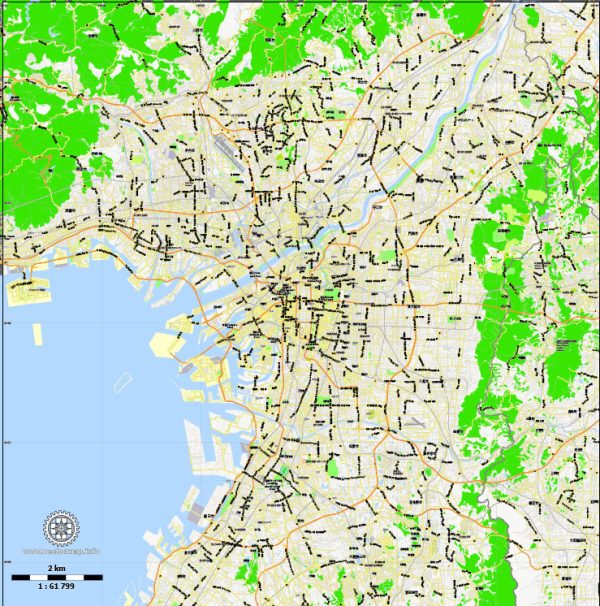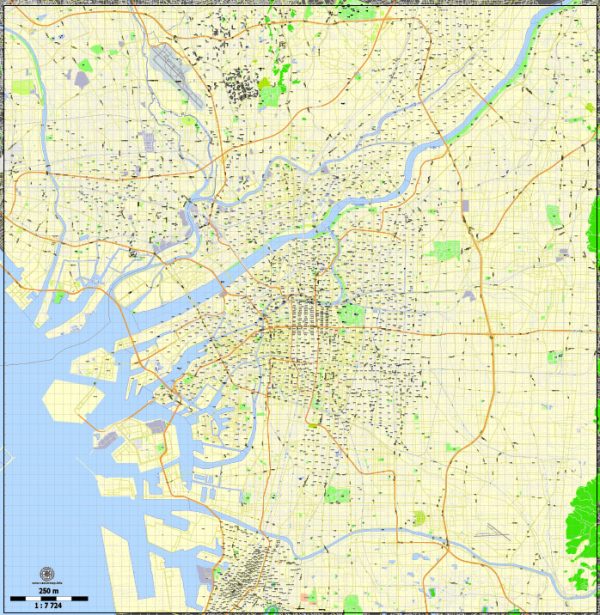Osaka, Japan, has a rich history of urban development that spans centuries. The city is located in the Kansai region and has played a crucial role in the cultural, economic, and political landscape of Japan. Here is a brief overview of Osaka’s history of urban development:
- Ancient Period (before 7th century):
- Osaka’s history dates back to ancient times. The area was a key transportation and trade hub due to its location at the confluence of rivers and proximity to the Seto Inland Sea.
- Naniwa, as Osaka was known in ancient times, served as the capital of Japan before it was moved to Nara and later Kyoto.
- Medieval Period (7th to 16th century):
- During the medieval period, Osaka continued to thrive as a commercial and economic center. The construction of canals and waterways facilitated trade and transportation.
- The construction of Osaka Castle in the late 16th century by Toyotomi Hideyoshi marked a significant development in the city’s landscape. The castle became a symbol of political power in the region.
- Edo Period (17th to 19th century):
- Osaka further flourished during the Edo period as a center for commerce and finance. Merchants and traders played a crucial role in the city’s economic growth.
- The development of the “Ukihashi” bridge and the surrounding merchant districts contributed to the city’s urbanization.
- Meiji Period (19th to early 20th century):
- The Meiji Restoration in the late 19th century brought about significant changes in Japan, including Osaka. Modernization efforts led to the development of railways and the introduction of Western-style architecture.
- Osaka’s industrialization gained momentum, and the city became a major industrial center with a focus on textile and manufacturing industries.
- Post-World War II Reconstruction:
- Osaka, like many other Japanese cities, faced destruction during World War II. The post-war period saw extensive reconstruction efforts, leading to the development of modern infrastructure and urban planning.
- The city’s economy continued to diversify, with a focus on finance, commerce, and technology.
- Contemporary Period:
- Osaka has evolved into a vibrant, modern metropolis with a skyline dominated by skyscrapers. The city continues to be a major economic and cultural center in Japan.
- Urban development projects, such as the redevelopment of the Umeda district and the revitalization of waterfront areas, showcase Osaka’s commitment to modernization and sustainability.
Throughout its history, Osaka has retained its reputation as the “Nation’s Kitchen” due to its culinary heritage and thriving food culture. The city’s urban development reflects a blend of tradition and modernity, making it a dynamic and fascinating place.




 Author: Kirill Shrayber, Ph.D.
Author: Kirill Shrayber, Ph.D.